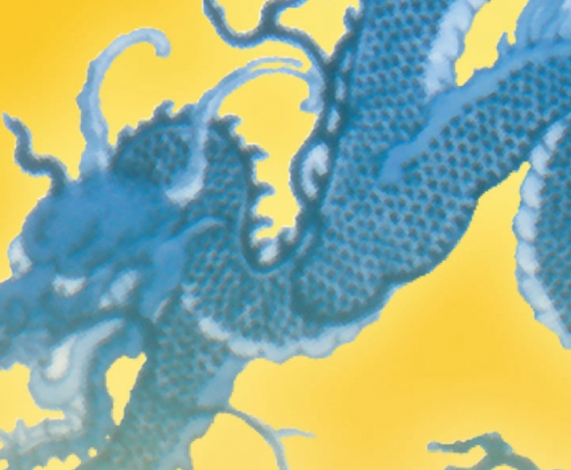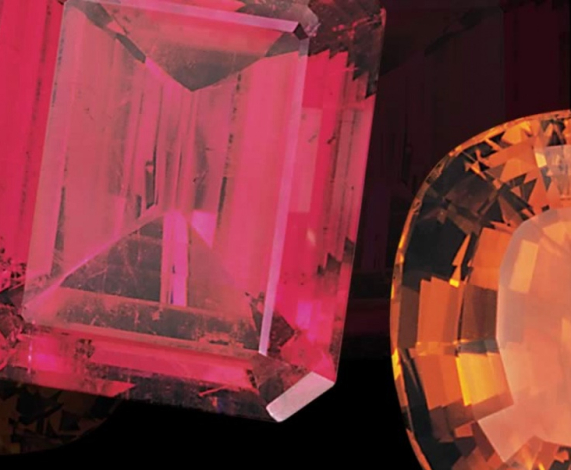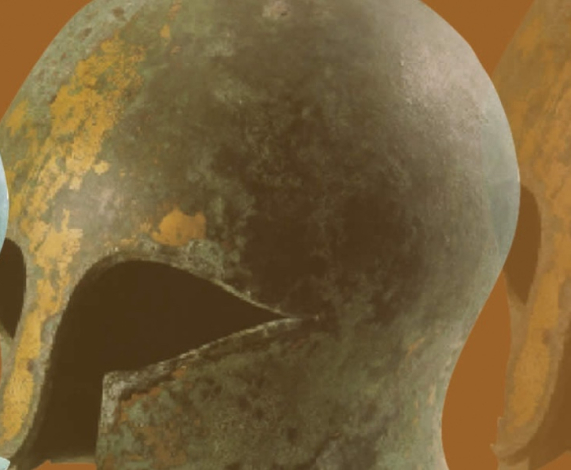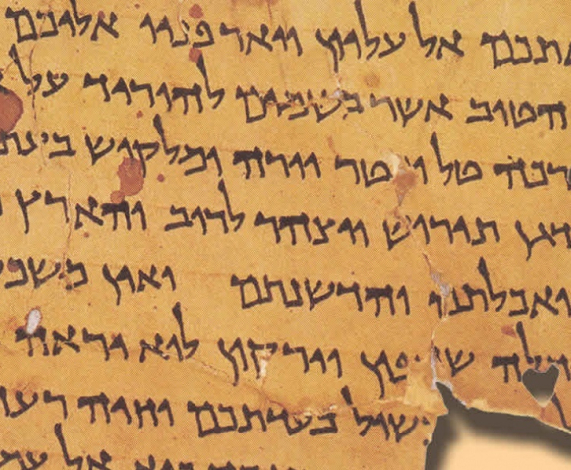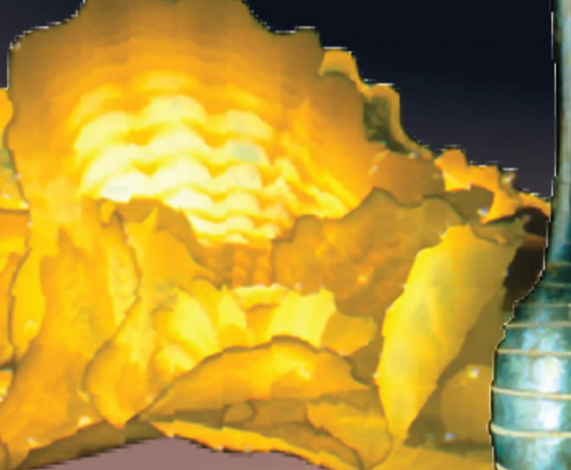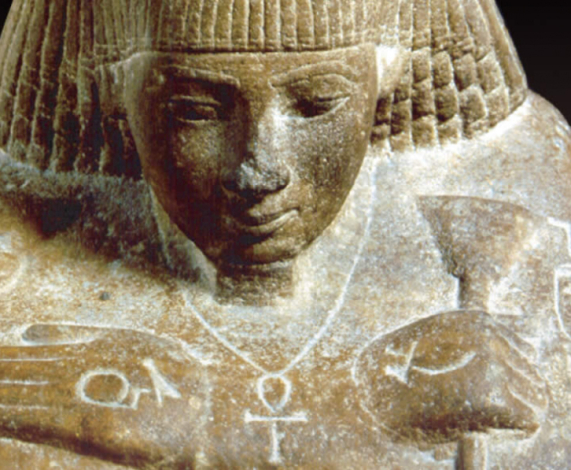Past Exhibitons
Sacred Gold: Pre-Hispanic Art of Colombia from the renowned Museo del Oro in Bogotá, Colombia includes over 200 gold figures and ornaments full of expression and inventiveness inspired by the natural environment and by supernatural visions. A selection of ceramic tomb figures and stone tools accompany the exhibition.

After their return from the highlands of Colombia, Spanish conquistadors described incredible ancient rituals and a sophisticated culture whose elite and commoners alike were covered from head to toe in gold ornaments. These accounts fueled rumors of El Dorado, the lost City of Gold, sought continuously by conquistadors and explorers for hundreds of years. Though such a city never existed, the gold ornaments, figures and vessels of an ancient culture of "golden people" have been found in abundant quantities. For these people gold held no monetary value, it was a gift from the sun, and like no others they expertly crafted figures of spirits, animals and humans that communicated their understanding and philosophy of the universe and all that existed within it. Today, these extraordinary works of art are considered marvels of ancient America and the national treasures of Colombia.
For more than 2,000 years the diverse cultures living deep within the highlands and along the coasts of Colombia perfected metalworking technologies still practiced today. Crafting gold into ornaments for adornment and for ritual offerings, they captured the astonishing detail, complexity and beauty inspired by the riches of the natural world around them. Sacred and symbolic animals, spirits and humans were represented singularly and in marvelous combinations with the purpose of visually communicating a sophisticated understanding of the universe and everything within it. The arrival of Spanish conquistadors in the 16th century brought attention to a "golden people" adorned from head to toe in gold ornaments and gold powder, thus fueling the myth of the lost city of gold – El Dorado, and bringing an end to one of the most extraordinary epochs of American art.
Recovered from the sunken treasure of a 17th century Spanish galleon named the Nuestra Señora de Atocha, the Atocha Cross is one of the world's most important religious artifacts. The finely crafted gold and Colombian emerald crucifix with gold chain functioned as a rosary, an object used for prayer and devotion by Catholics. The quality of this object is so great, that it could only have been worn by a church official or noble person of importance. The reverse of the crucifix is adorned with engraved birds that were once likely filled with colorful enamel, which deteriorated over time. The gold chain consists of dainty gold discs, the caps to the beads which have also since deteriorated as a result of exposure to seawater.
The treasures aboard the Nuestra Señora de Atocha included personal items and valuable commodities - namely gold, silver and emeralds – bound to Spain from the Americas. The most beautiful and important of the finds, the Atocha Cross, was made in 1986 near Key West, Florida. This singular object will be exhibited as a supplement to the exhibition Sacred Gold: Pre-hispanic Art of Colombia to illustrate the transformation of gold and emeralds native to Colombia and the New World into fashionable objects destined for Europe.

